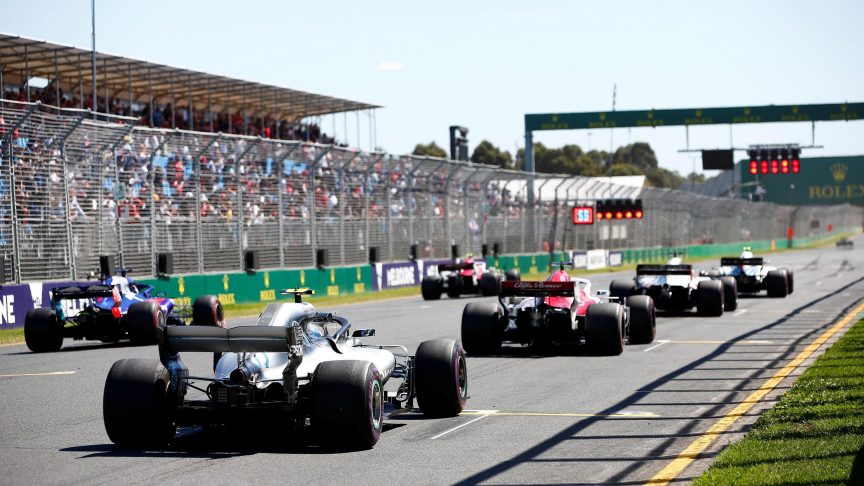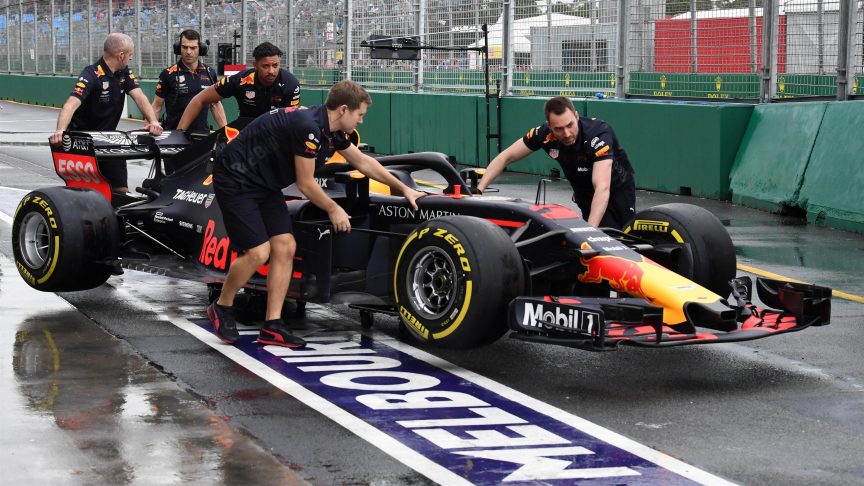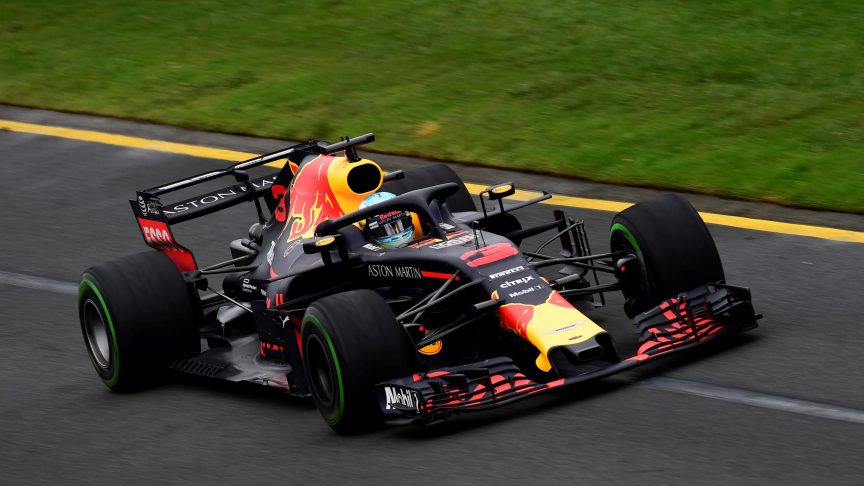
REVIEW BY CHARLOTTE DRACOPOULOS
The Netflix original series Formula 1: Drive to Survive is an all-access pass to world’s fastest races. It’s an intense, action-packed, drama that captured the highs and lows of the 2018 season.
Netflix released the 10-part docuseries on March 8, one week before the start of the 2019 season.
The series follows the 2018 FIA Formula 1 World Championship.
Working with Formula 1, Netflix was granted exclusive behind-the-scenes access. For the first time ever audiences got an in-depth look into the secretive world of F1 racing. As cameras were brought into the cockpits, behind the pitwall, homes and hotel rooms of the drivers and team owners.

The show isn’t a breakdown of how the sport works or a history lesson. Instead the series focuses on capturing the emotions involved in the high-pressure sport, where you’re only as good as your last race.
Each episode focuses on a different theme that explores the struggles the teams and drivers experience as they fight for points and most importantly money. When boiled down to its core, money is what drives this multibillion-dollar industry.
Eight of the 10 teams agreed to be followed and interviewed by the production crew. The two top teams, Mercedes and Ferrari, opted out. Which at first may seem like a major blow to the series, ends up being a strength.
As the underdogs become the stars of the show. Only Red Bull Racing, who ends up being heavily featured in the series, had any real chance of winning, while teams like Williams and McLaren struggled to regain their former glory.
Viewers got to see firsthand how important where you stand at the end of the season is. Your position determines how many points you get, how many points you get determines the amount of prize money you win at the end of the season.
The track is not an even playing field and drivers must continuously fight for their spot in this highly competitive sport.

One thing the series excels at is creating drama. The show focuses on some of the biggest storylines that came out during the 2018 season, such as driver Daniel Ricciardo leaving Red Bull Racing and moving to Renault. After Red Bull dropped Renault as their engine manufactures and switched to Honda.
Fans of F1 were well aware of these changes, but what they didn’t get see was the behind the scenes build-up to these events. The show successfully captures the tension and rivalries between the two teams.
The series is filled with rivalries, which create some of the most emotional and intense moments in the show. Particularly the rivalries between teammates, who can be each other’s biggest competitors. Audiences got front-row seats to some the sport’s biggest egos crashing into each other (often literally), as they fought over standings.
The cinematography throughout was strong, and added to the dramatic, fast-paced atmosphere of the series. Using a combination of shots and camera angles, to create exciting montages of the races. The first-person point of view camera shots from the cockpit of the cars were some of my favourite and emphasised just how fast these drivers are going.
They were also able to effectively balance footage from the track, with sitdown interviews, and candid moments off and on the track. The show is able to maintain a steady pace that doesn’t lose momentum, even in the slower moments of the episodes.
On top of the cinematography, the use of sound in series helped create spectacular moments. The iconic sounds of the engines taking off around the track built up the intensity and set the stage for some incredible racing.
It’s easy to see how F1 is using the series to help promote the sport, especially when you considered how close the show’s release was to the start of the new race season.
They choose only to show the highlights; the best passes, the biggest crashes, the most dramatic starts and finishes. It caters to long-time fans who get never before seen access to their favourite drivers and teams (excluding Mercedes and Ferrari of course). But it’s also approachable for newcomers, with zero knowledge of F1, they can come out with a solid understanding of what sport is about and enjoy all of the storylines.
A second season of the series has been given the green light, and F1 is trying to get all teams on board. Season 2 will cover the 2019 FIA Formula 1 World Championship.
